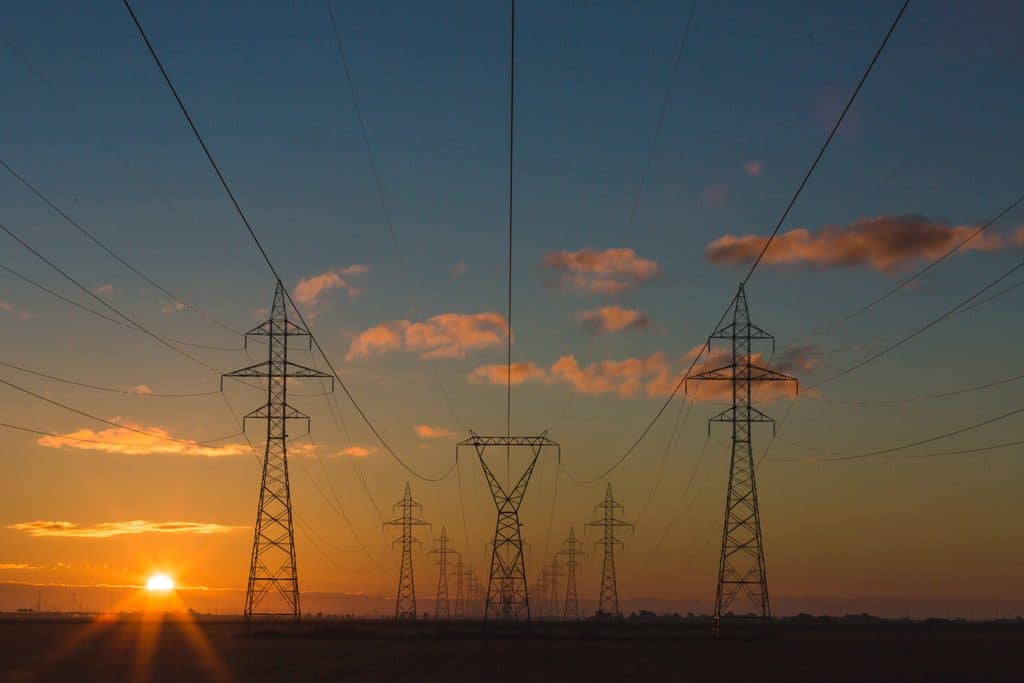Dublin Airport Authority joins scheme to provide energy to the DS3 Scheme
As electricity systems transition from using fossil-fuel sources of power generation to renewables, there is less power stability on the grid. Grid operators can more easily control the output from traditional power stations, but output from wind and solar depends on weather conditions which are much less predictable.
In order to ensure the balance between supply and demand, grid operators need to call on other sources of flexibility, such as demand-side response schemes where major energy users are paid to reduce demand on the grid during peak times. Dublin Airport Authority (DAA) has partnered with EnerNOC to participate in EirGrid’s new frequency system services scheme to deliver flexible capacity to EirGrid’s ancillary services. DAA will earn streams of revenue and build operational resilience from its participation in both schemes, while actively contributing to EirGrid’s system stability as they integrate more renewables on the grid.
We spoke to Peter Connolly, Regional Manager, Ireland, EnerNOC about the partnership. EnerNOC partners with enterprises to reduce costs, manage risks, increase sustainability, and maximise the value of emerging energy technologies through customised energy management strategies. EnerNOC was acquired by Enel in 2017 and is part of the Enel Group’s advanced energy services division Enel X.
What is DS3?

Ireland has a binding EU commitment to consume 16% of the country’s total energy from renewable sources by 2020. To achieve this level of consumption it must use renewables to generate 40% of its supply. But renewable sources of power, such as wind and solar, are largely dependent on less predictable weather conditions. This makes the supply of power more variable and ‘inflexible’ (i.e., it cannot be easily controlled) compared to fossil fuel sources of power generation, and makes the grid system less stable.
DS3 is short for “Delivering a Secure, Sustainable Electricity System”. It is a multi-year programme that is designed to enable EirGrid to increase levels of renewable generation to meet the country’s energy mix obligations and objectives. DS3 incorporates demand-side response, which provides incentive payments to large energy users that can enact fast-acting distributed energy assets when the grid experiences emergency instability.
How does DAA generate electricity to provide it to EirGrid?
Participants in the DS3 scheme, like the DAA, do not provide electricity to EirGrid. Instead, when the system frequency drops below a certain threshold, relays will automatically shut off electricity flow to designated assets (curtailment) or automatically switch the power source to on-site generation. The DAA employ the latter strategy, which also allows them to ensure their on-site generation assets are operating properly – improving their business resilience.
Who else has enrolled in the programme?
EnerNOC’s DS3 portfolio contains over 20 MW and includes a diverse set of businesses from manufacturing, pharmaceuticals, transportation, food processing, and agriculture. Irish companies like C&M Coldstores are contributing to the resilience of the island’s electricity grid system while earning revenue (and improving their own resilience) to do so.
What does the future of the programme bring?
In EirGrid’s 2017 scenario planning exercise (the first of its kind), there is significant change to grid usage caused primarily by data centres, interconnectors, renewables, heat pumps, and electric transportation. Ireland’s recent move to divest from fossil fuels (the first country in the world to do so) is a significant step towards making these scenarios a reality. Since DS3 is designed to manage variability of electricity flows, we anticipate this programme will become increasingly more important in ensuring system stability.
How difficult is it to get large energy users on board with the scheme?
With any type of demand-side response, large energy users might be concerned that participation could cause disruption to their business processes, and therefore their bottom lines. The broad range of demand-side services offered by the DS3 programme can help to support business requirements. EnerNOC specialise in matching a business’s operations with the maximum financial rewards while mitigating risk. We already have experience in this arena; prior to the launch of DS3 we were the first and only provider of fast responding aggregated grid services in Ireland as part an EirGrid pilot project.






